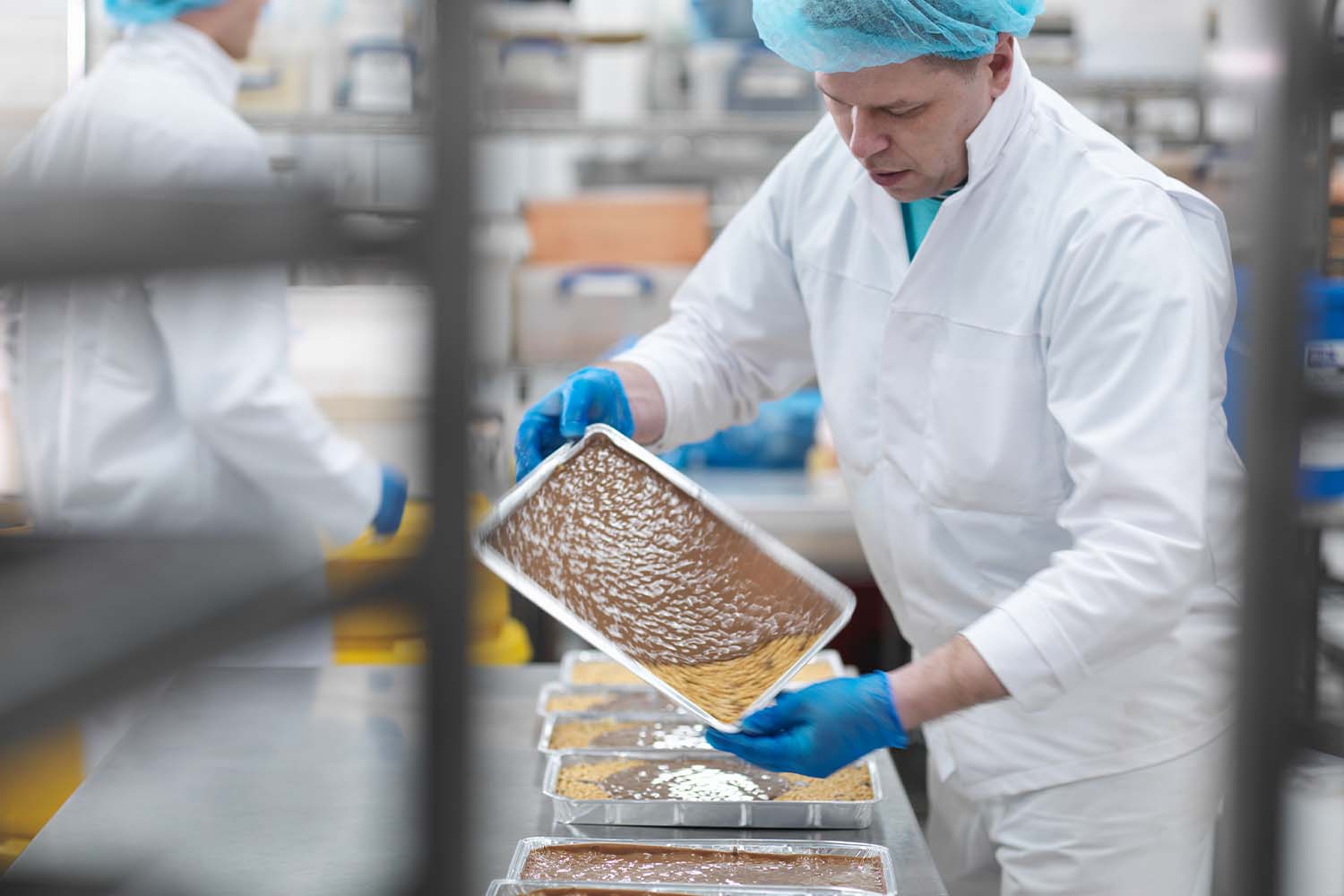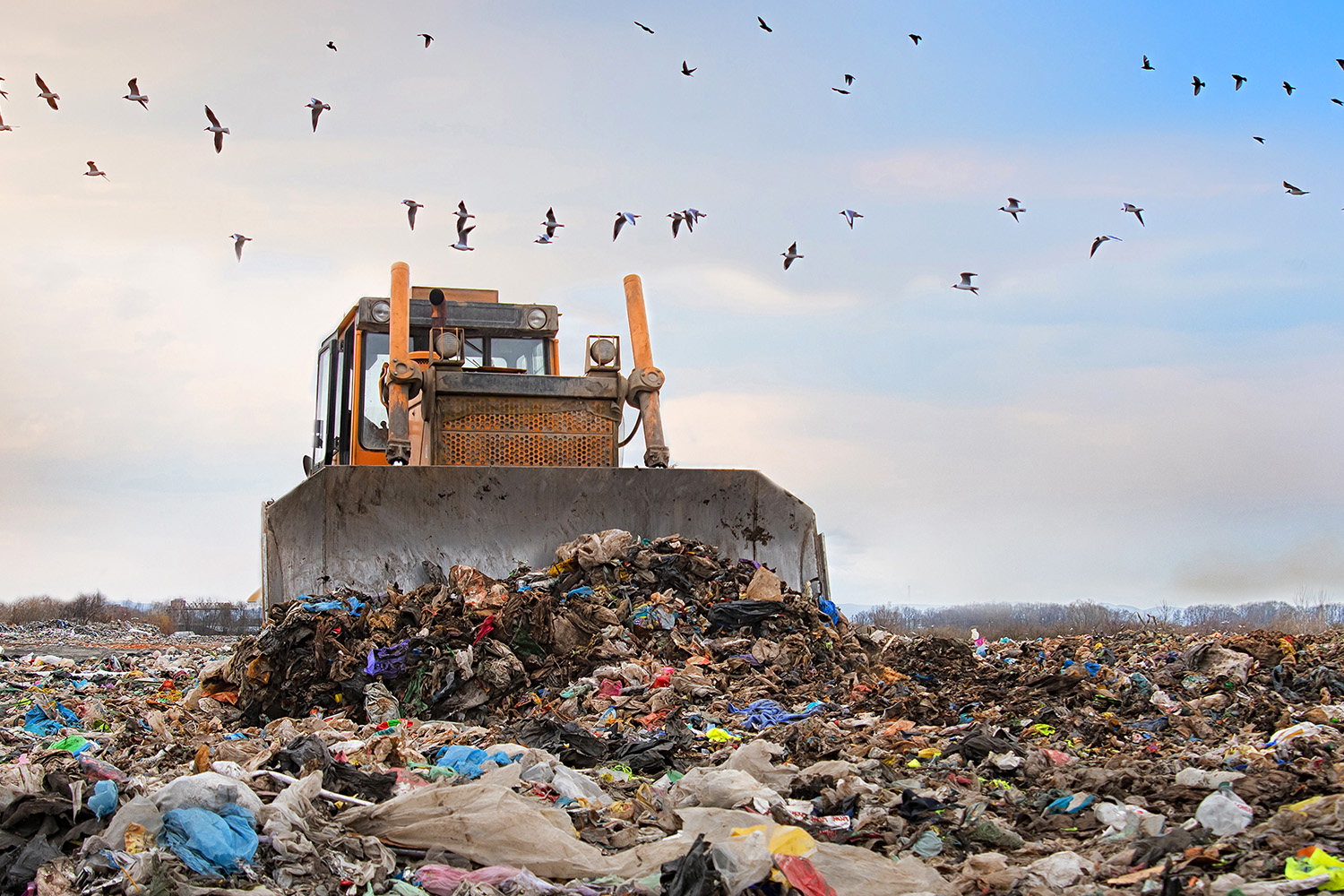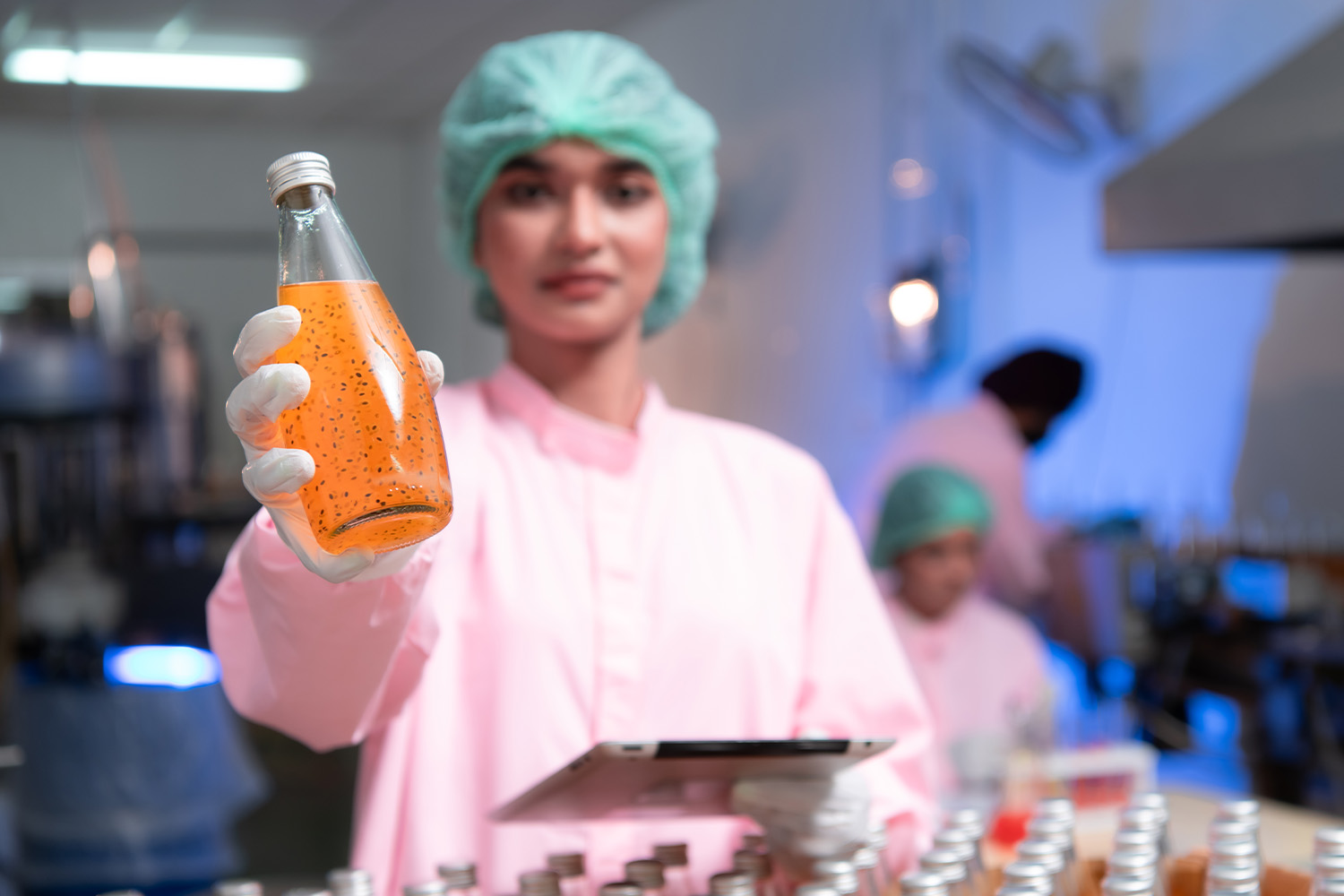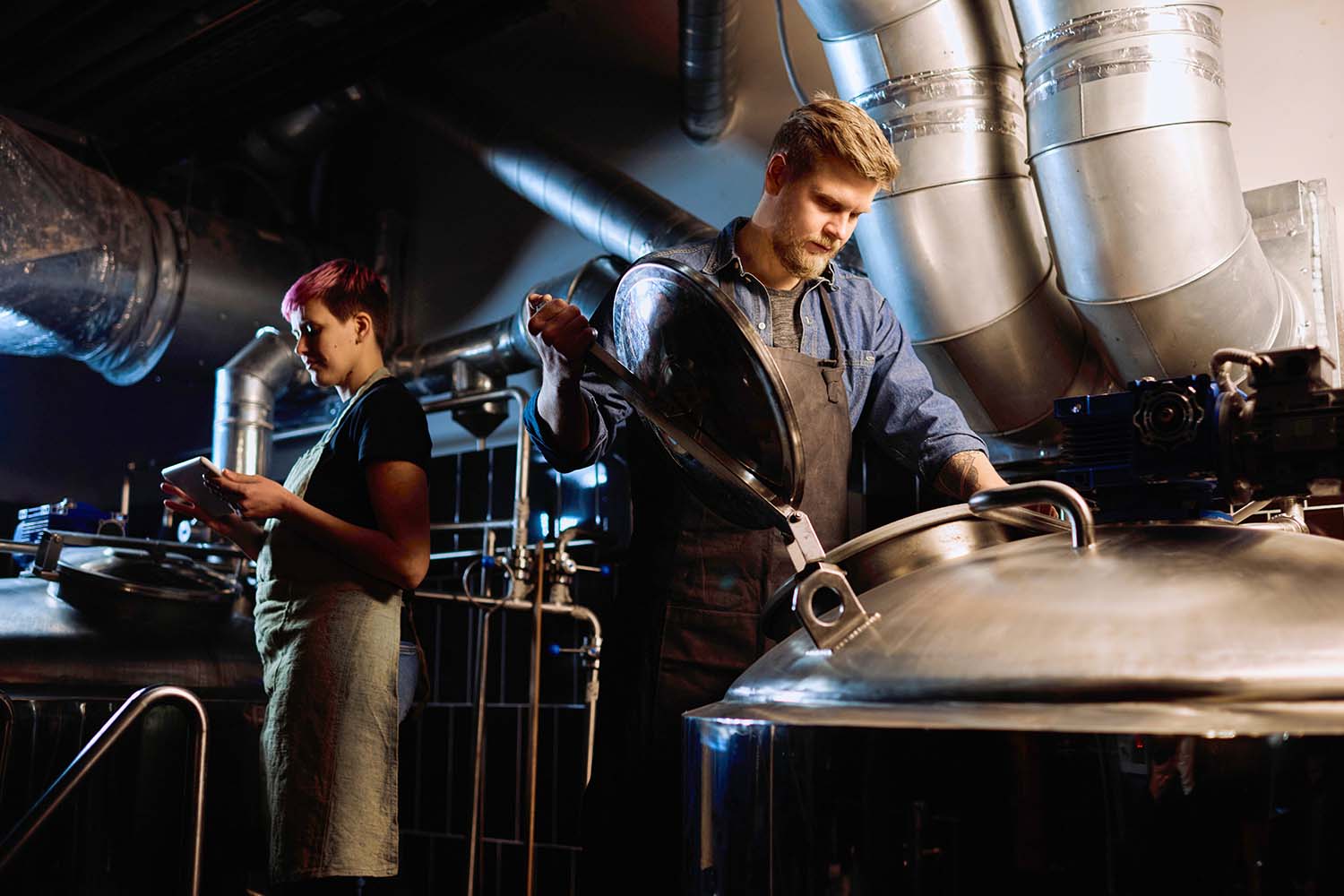High Gravity beer blending
Brewers need a blending system to cut or dilute high gravity beer because by brewing at higher than sales strength and adding water at a later stage, the actual volume of beer being processed is reduced.
Considerable energy savings can be achieved by boiling the wort and chilling the beer, and the brewery capacity can be increased without adding more fermentation and storage tanks.
Breweries give away a lot of money each year to customers when they have to mark the
strength of beer on the can, e.g. 4% when the actual alcohol content is 4.5 or 5%. The dilemma is that if the brewery is going to brew beer to a higher gravity for reasons of economy, they must have an accurate blending system.
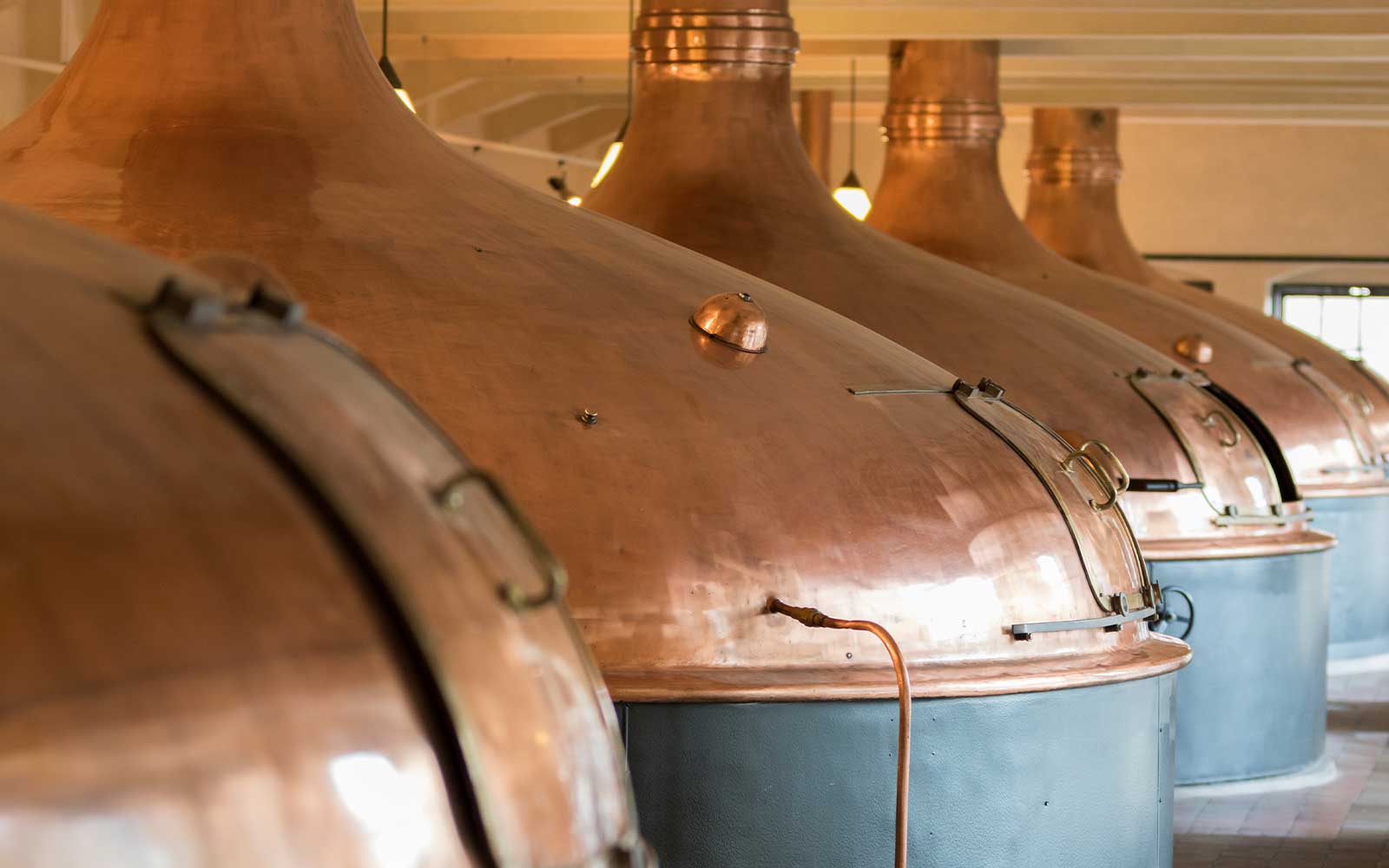
Final beer control
The final beer strength cannot be controlled just by introducing a few flowmeters into the system. Beer is a complex product and other factors such as the initial sample of beer, variation of the batch, strength changes during the run etc. are very important to ascertain.
This is the reason why a system has been developed that not only measures the beer strength accurately, but in addition develops a method for the dilution of the high gravity beer to the desired strength.
Beer is an aqueous solution of ethanol and a carbohydrate (sugar). Using the Maselli US01 Sound velocity meter which uses ultrasonic sound to measure the concentration alone on one component i.e. sugar or alcohol, produces accurate results. However, problems arise
when you mix sugar and alcohol to get a complex solution.
This is the reason for using a Refractometer as part of the BA06 as the secondary measuring system to increase the total system accuracy. A Refractometer is used because it needs no sampling whereas density meters require sample extracting bypass lines and pumps. Refractometer is also preferred because it has no moving parts and its construction is very stable in this tough environment.
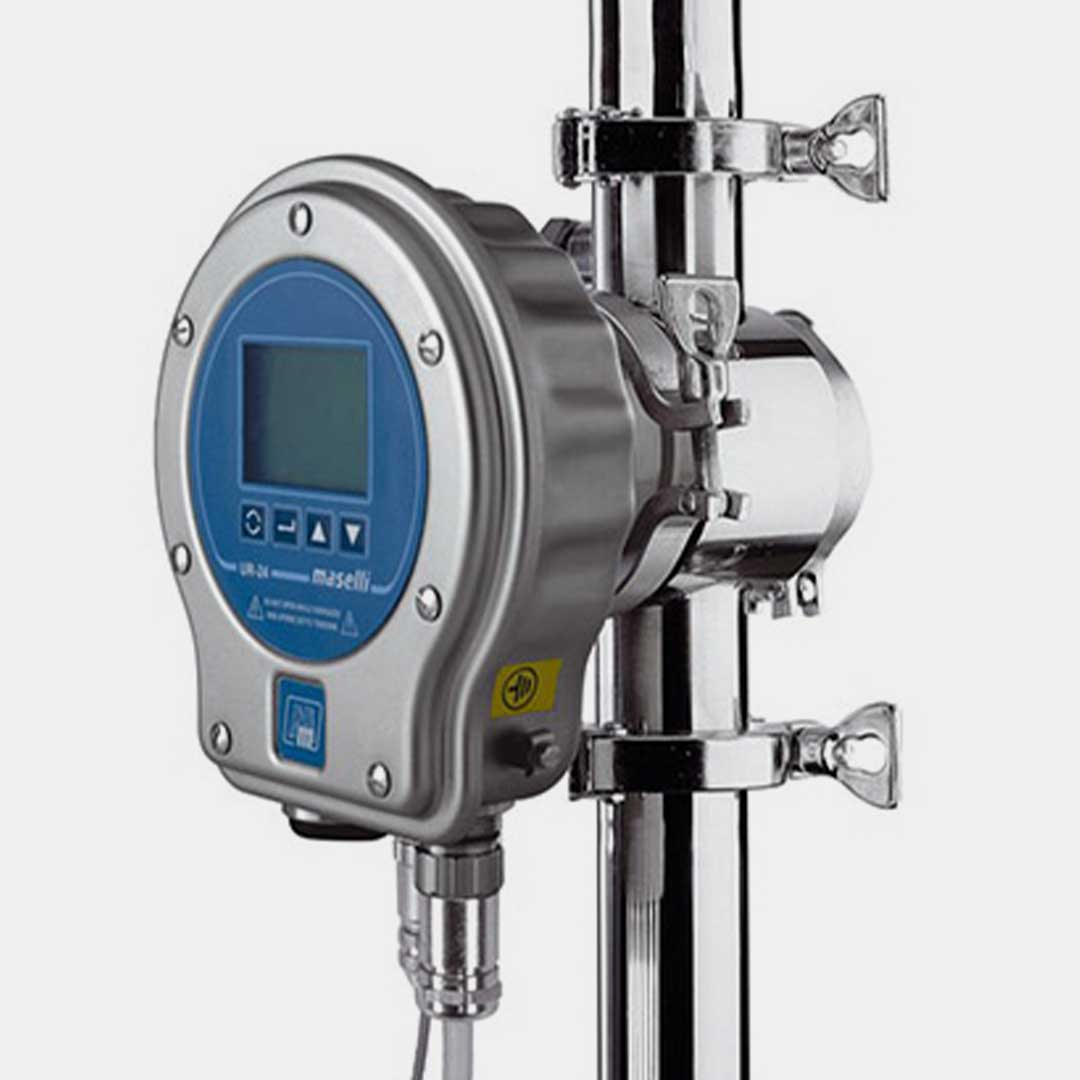
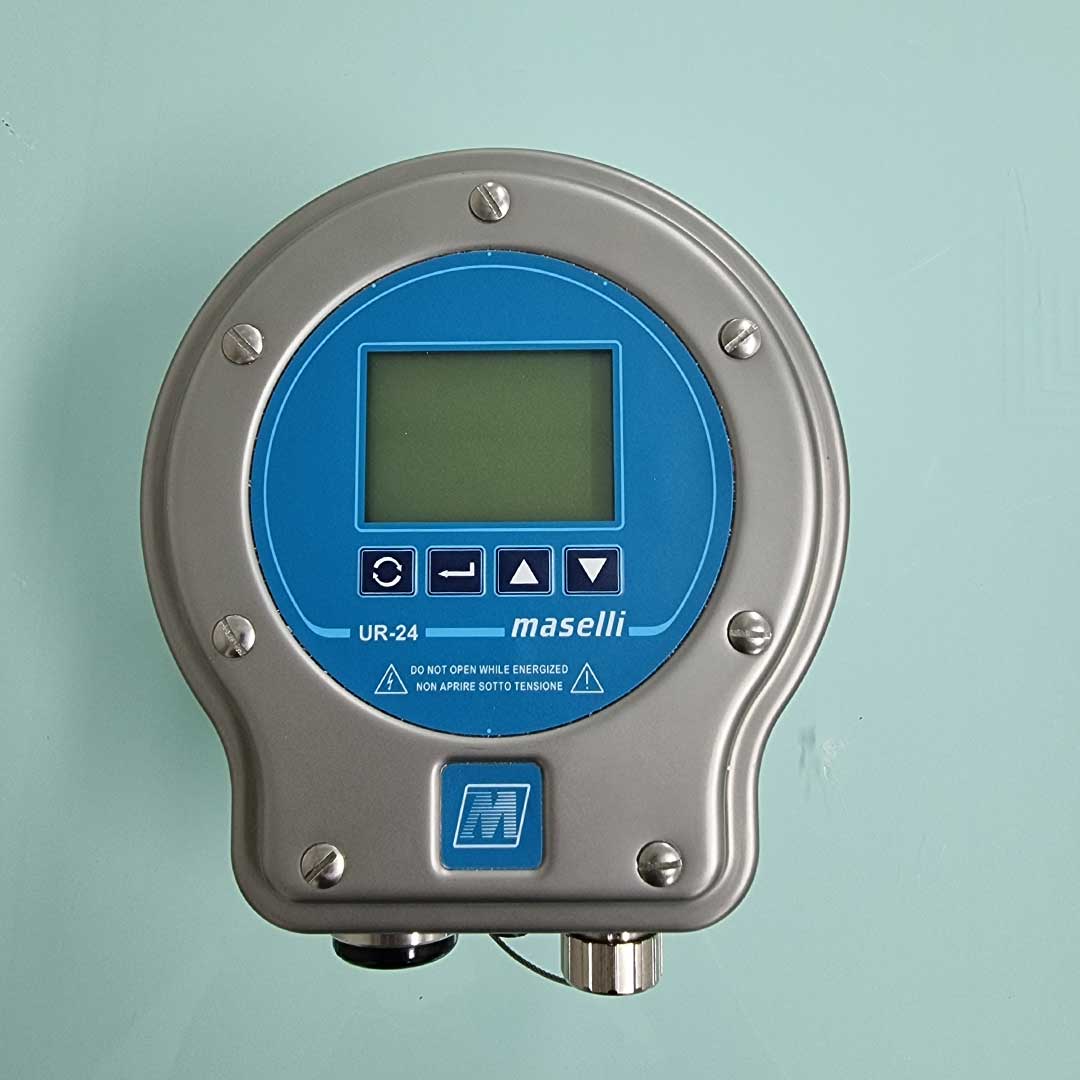
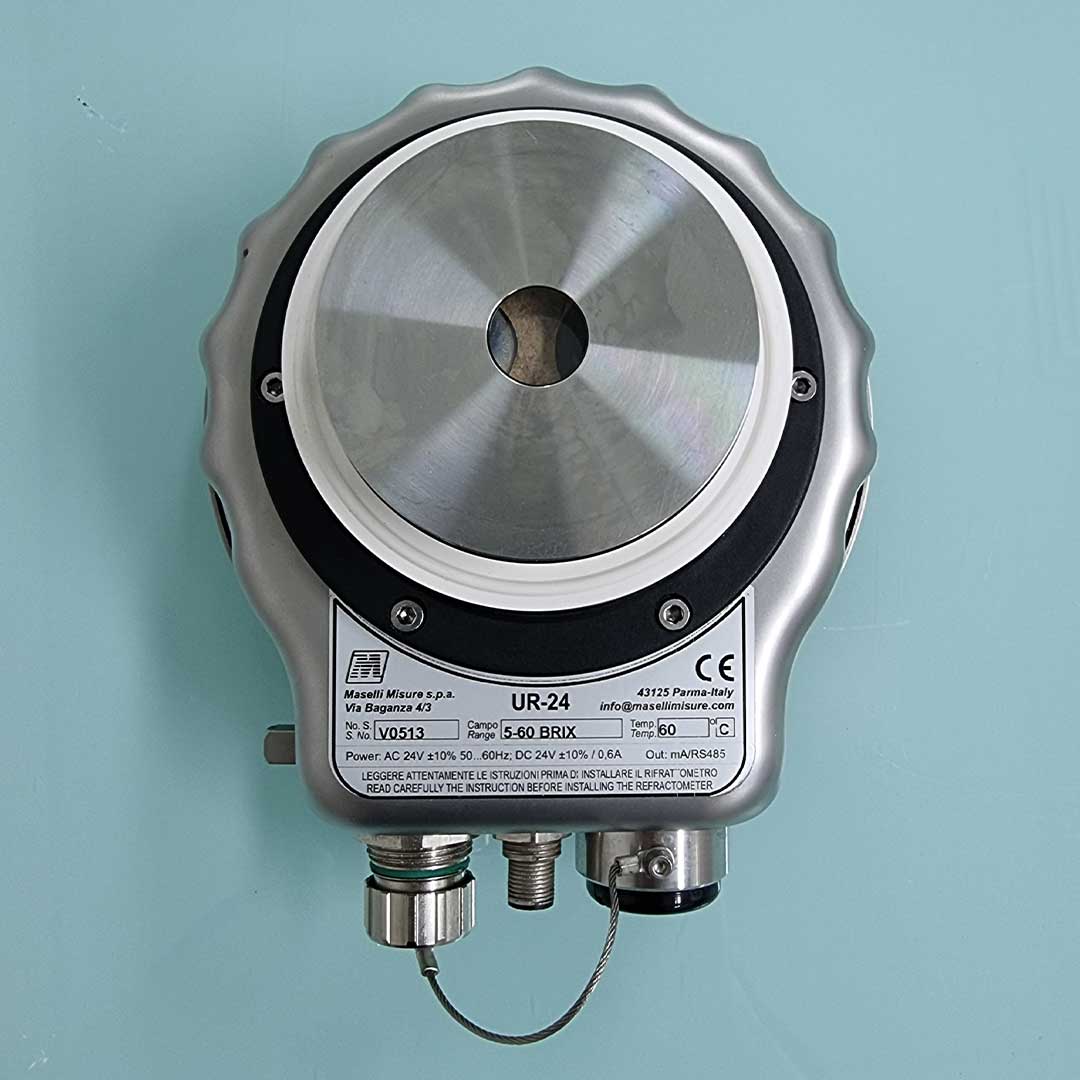
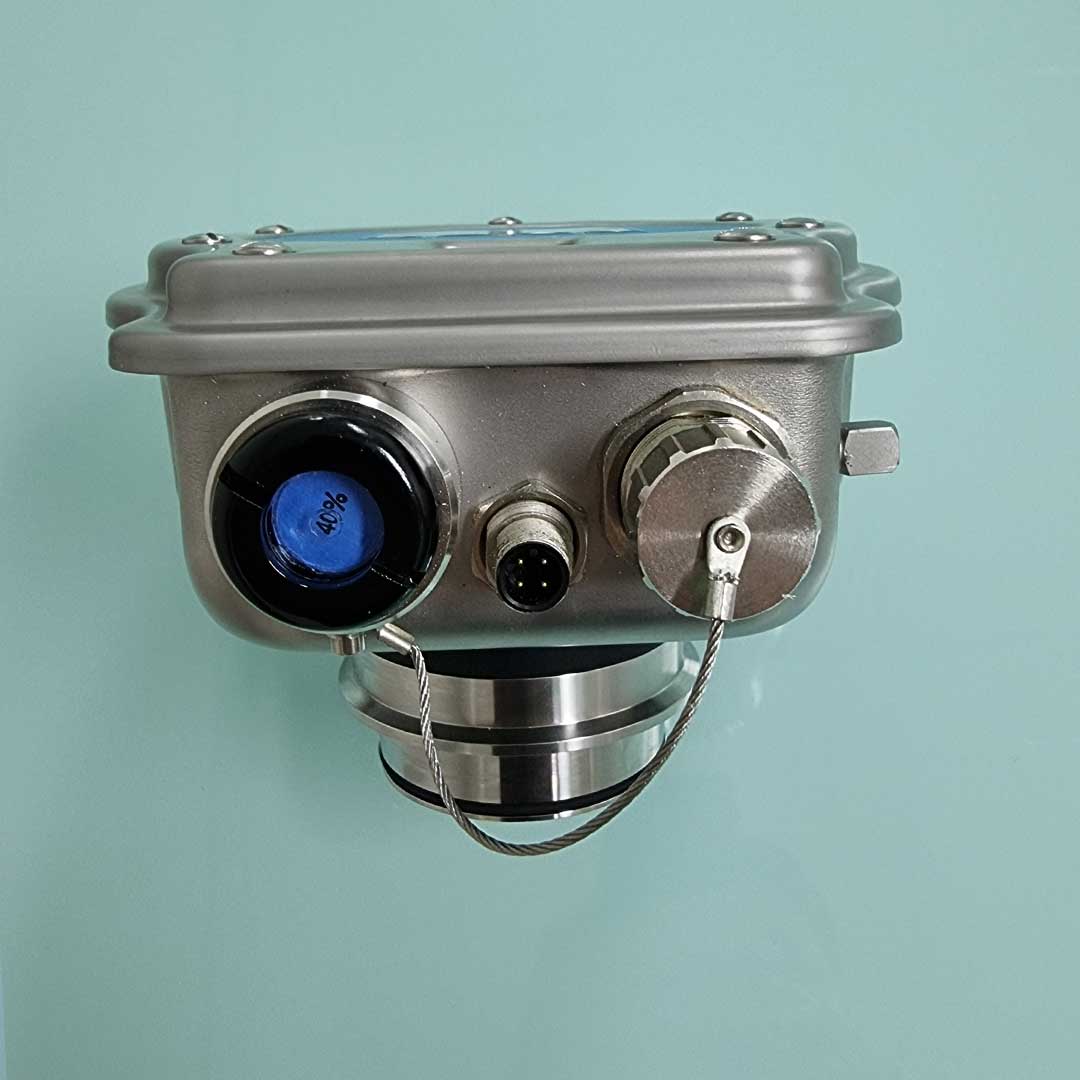
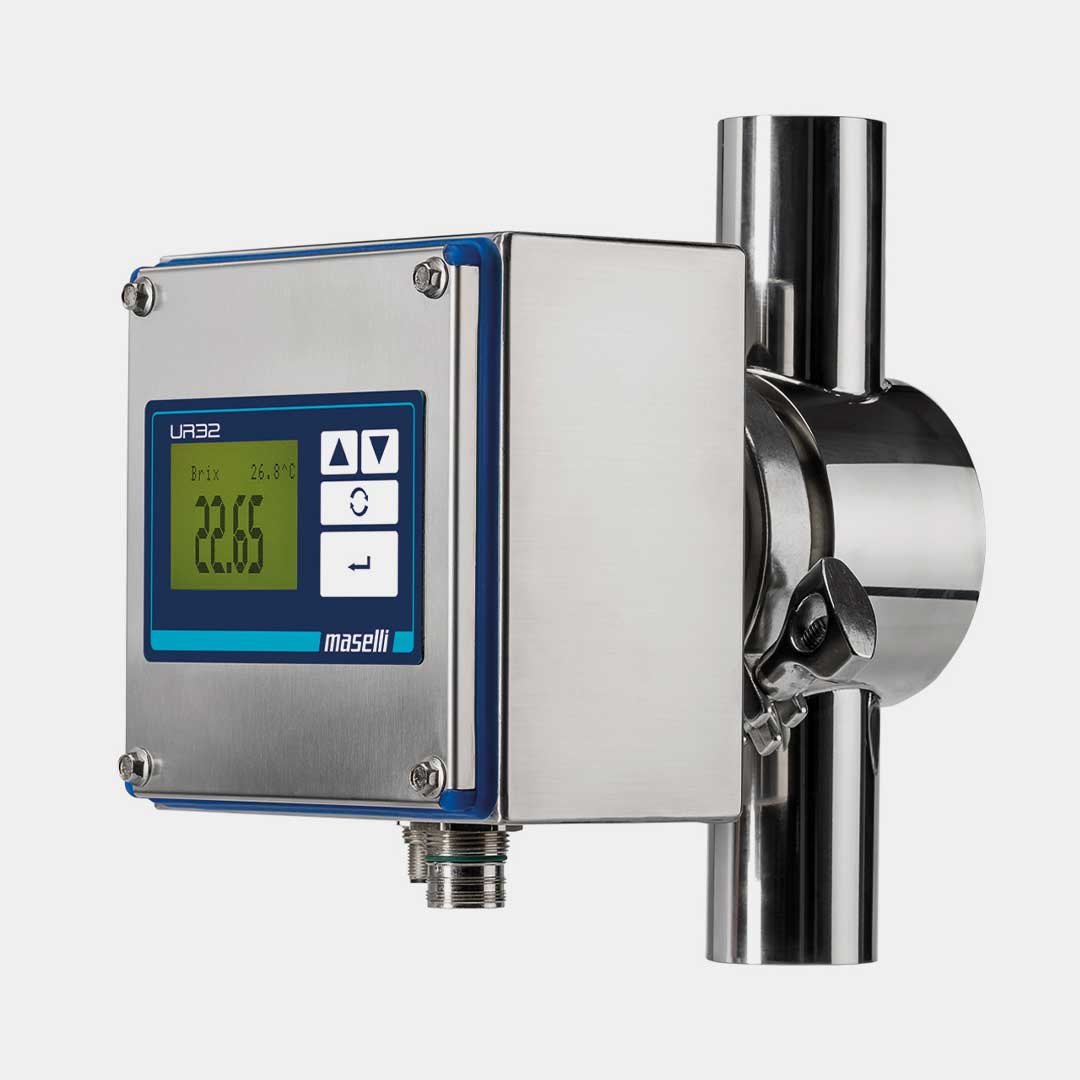
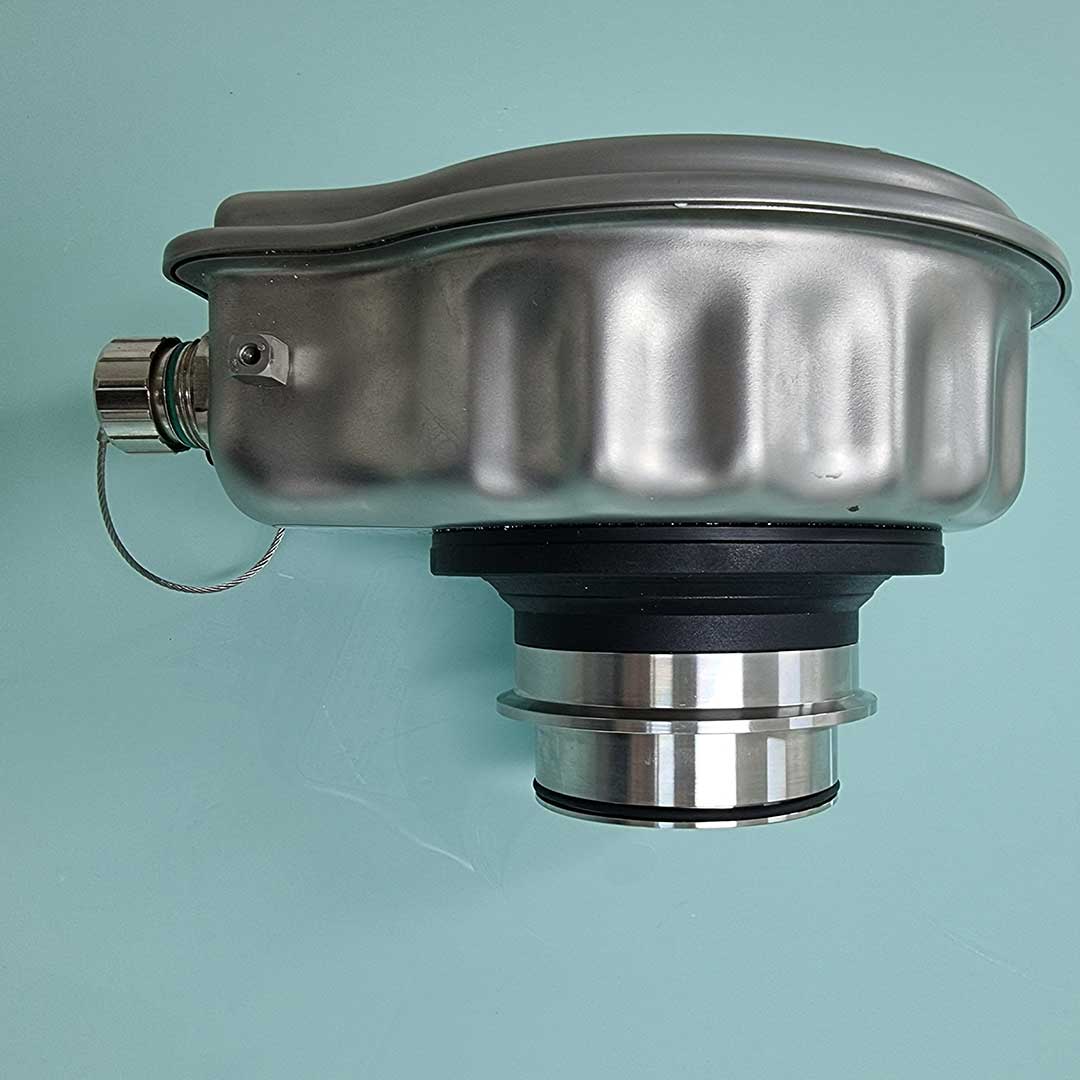
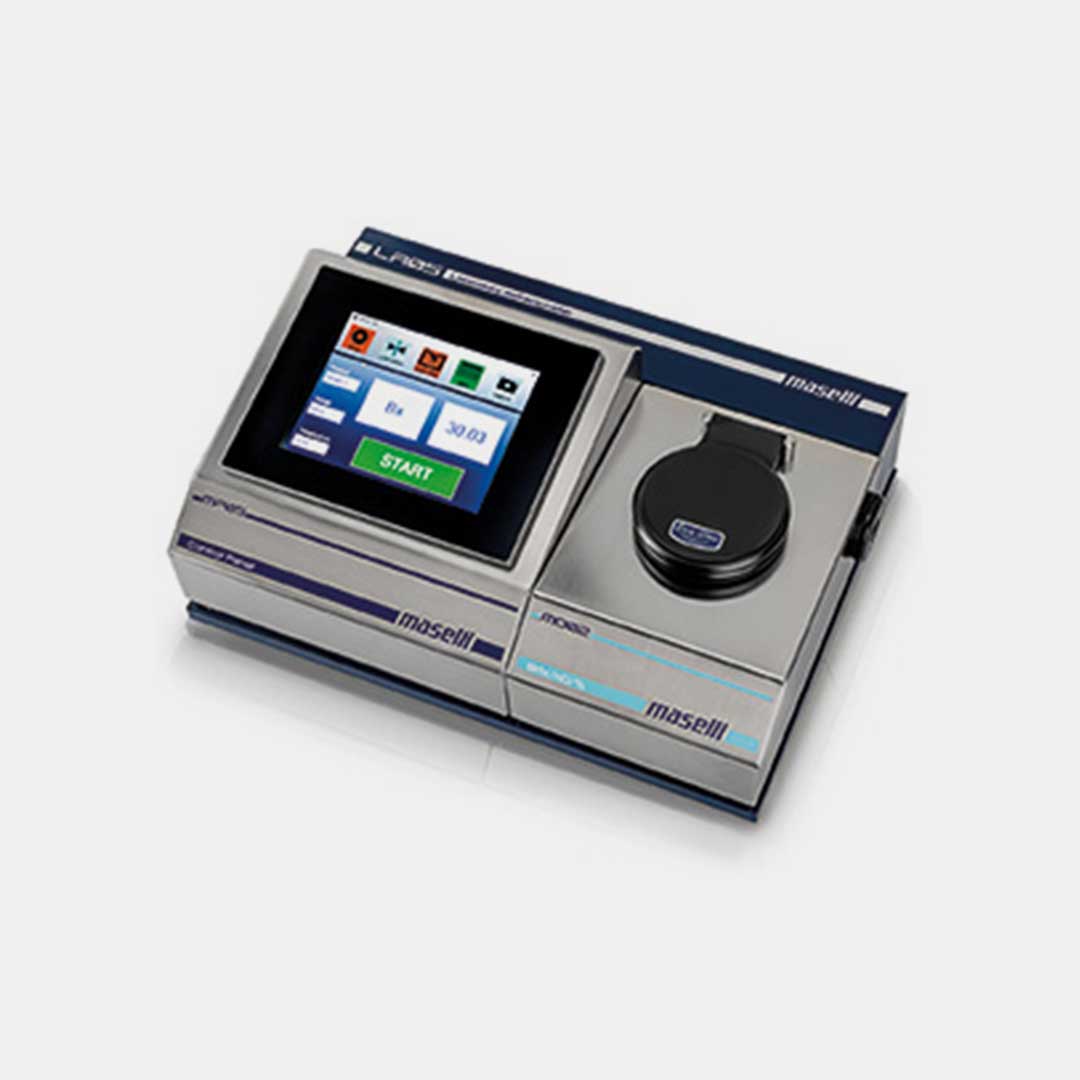
All in one analysis from one system
Maselli have also developed a combined Refractometer / Sound velocity meter as part of the BA06 system allowing both measurements in a single device. This saves on installation cost as a single Varivent connection is needed. The Refractometer / sound velocity meter combined can be installed in various parts of the process from blending to final product providing analysis of Plato, Extract, OG, SG, Alcohol and can also be combined with an in-line CO2 meter UC09 and In line Oxygen analysis UG01 to complete the package.
All sensors can be connected to the MP09 smart controller and from there data collected via the network, cloud or hotspot on the device.
Wort concentration measurement
Wort is a difficult liquid to analyse as at the beginning of the beer cycle the liquid contains suspended solids and causes potential coating of traditional in line systems. These liquids are not such a challenge for a refractometer where the system can be configured for concentration or Plato measurement during the cycle. The UR24 is a robust proven in-line refractometer and normally can be installed on the cooker recirculation with no additional devices required. If needed there is a range of customised accessories and protection options that will prevent the measurement prism from coating. The UR24 assists breweries in maintaining wort extract across the brewing cycle through precise measurement of wort extract – Plato
Connection to the plant SCADA
The UR24 has analogue and digital connections that can be connected directly to the plant control system. We can also connect the refractometer to a network or directly to the cloud via the MP09 smart controller.
Analysis in various locations across the brewing cycle
Typical installation locations are:
- Wort – Extract measurement is recommended at three locations in the brew house
- Lauter tun / Mash filter
- Wort kettle / Boiler
- Wort aerator
Extract loss management
Inline refractometers contribute towards Extract Loss management, Extract loss in the brew house is a major financial cost in any brewing process. In a normal brewing process the two primary sources of brew house extract loss occur during mash separation phase of the process.
The first source of loss can occur when timing of the first (strong) wort is produced and first wort is diluted with water, limiting recovery from spent grains.
The second source of loss occurs when soluble extract is not removed from spent grain in the final weak wort and is lost with spent grain discharge.
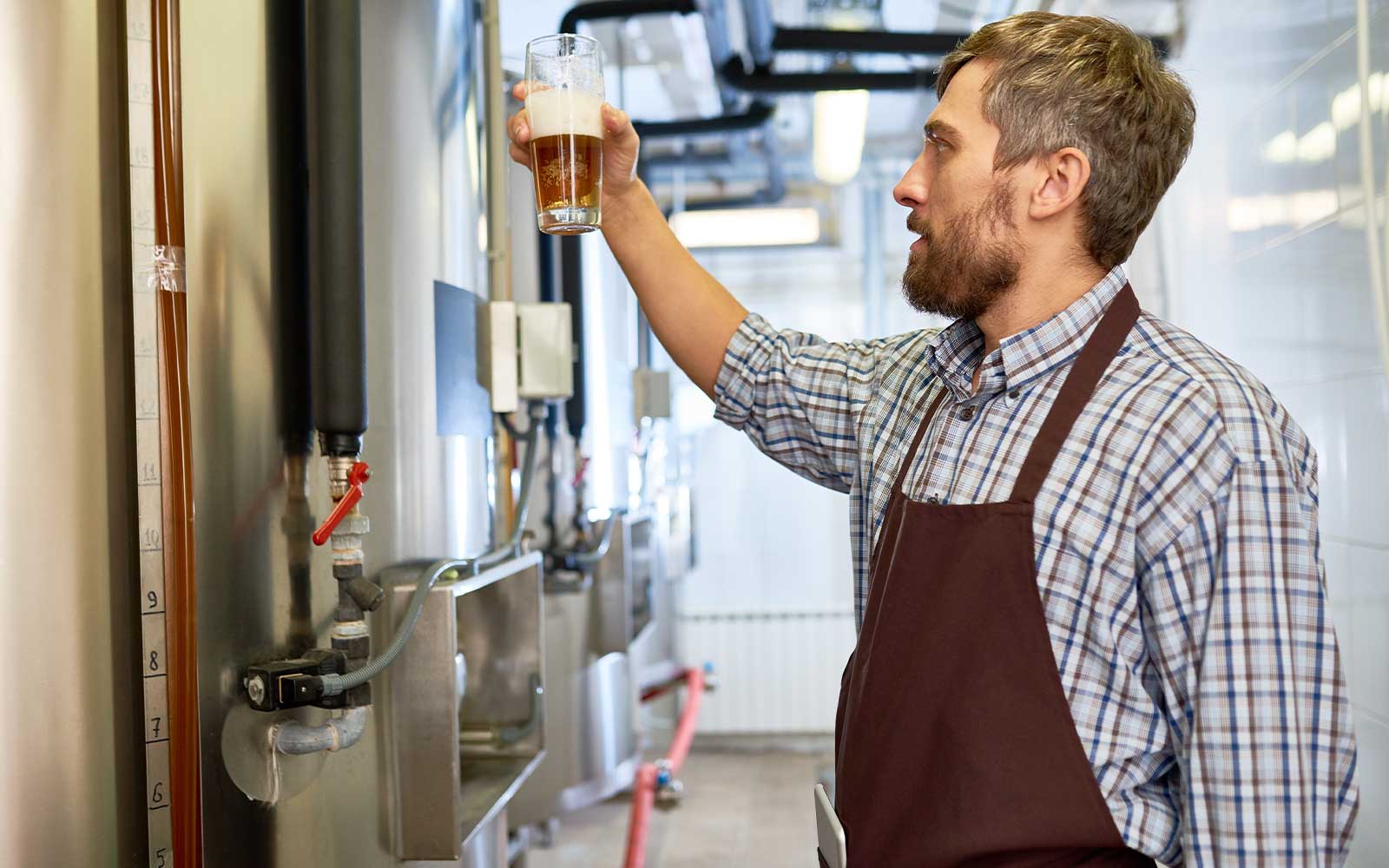
Lauter Tun and mash filter
In the outlet of the lauter tun or the mash filter Extract/ Plato meter UR24 is used:
- To control the lautering /mash filtering process,
- For accurate determination of the sparge water
- To determine the extract content (initial extract in the wort boiler)
Advantages of this analysis is:
- Accurate determination of the initial extract concentration in the wort boiler
- Reduction of the water consumption
- Optimal use of lauter tun and efficient mash production
- Reproducible wort production
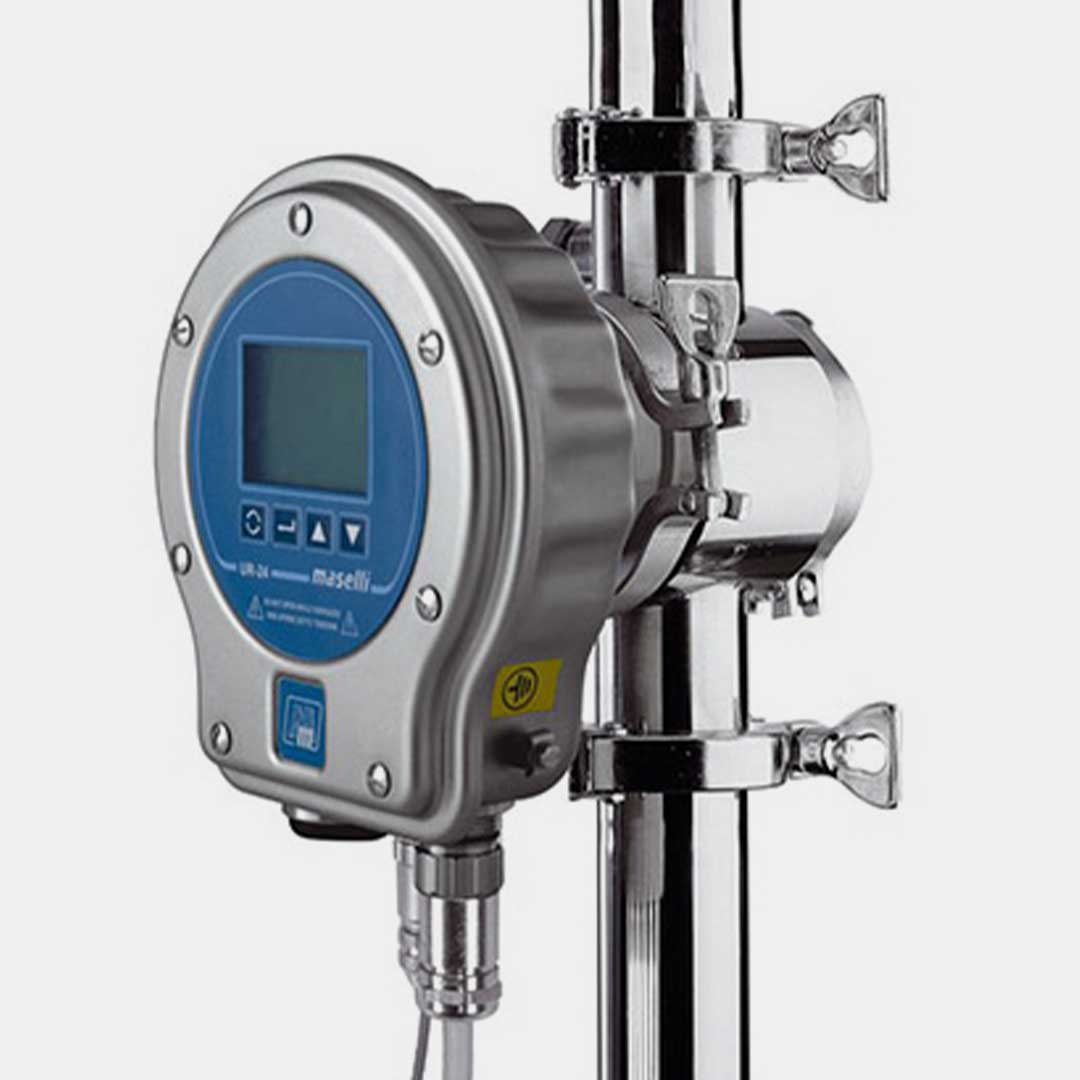
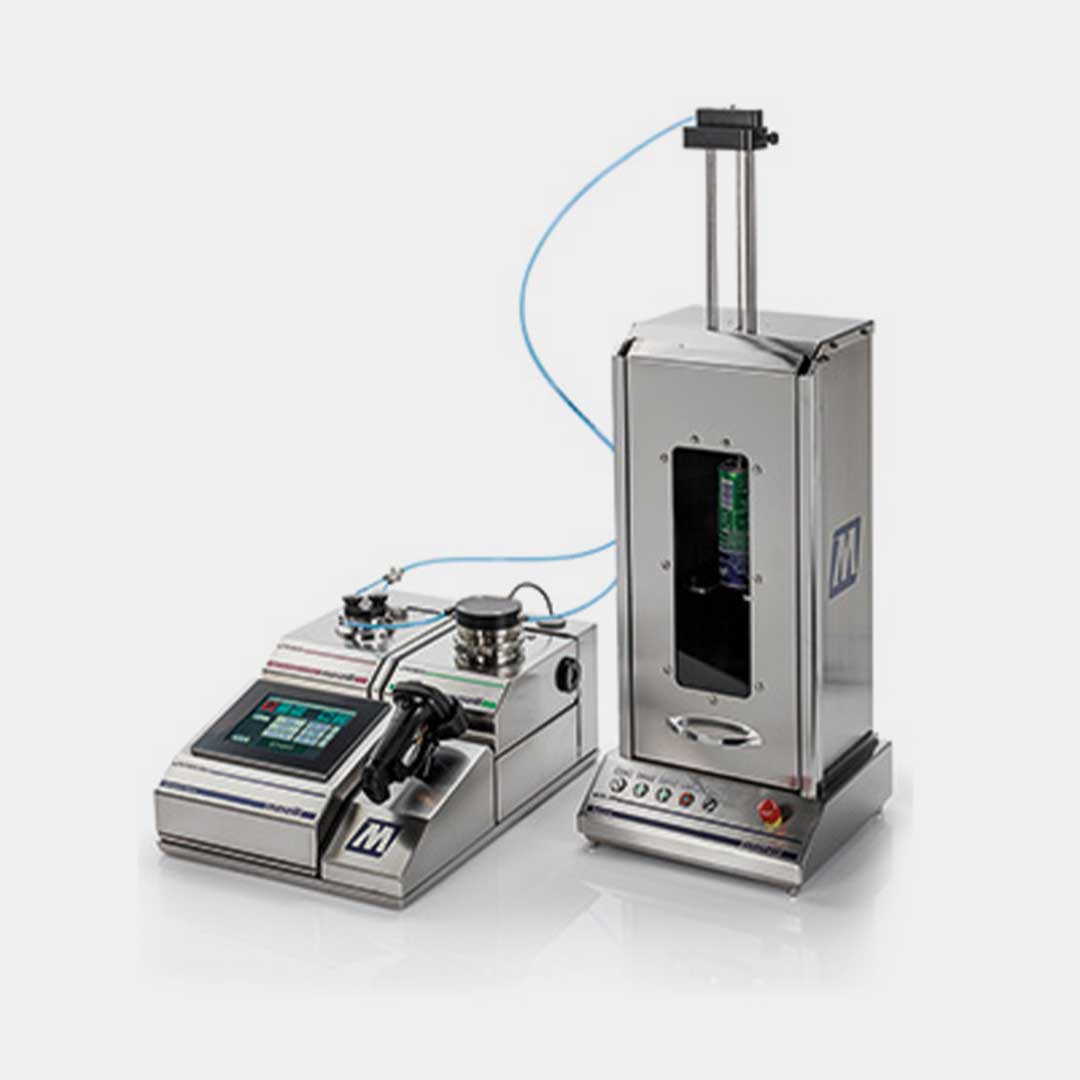
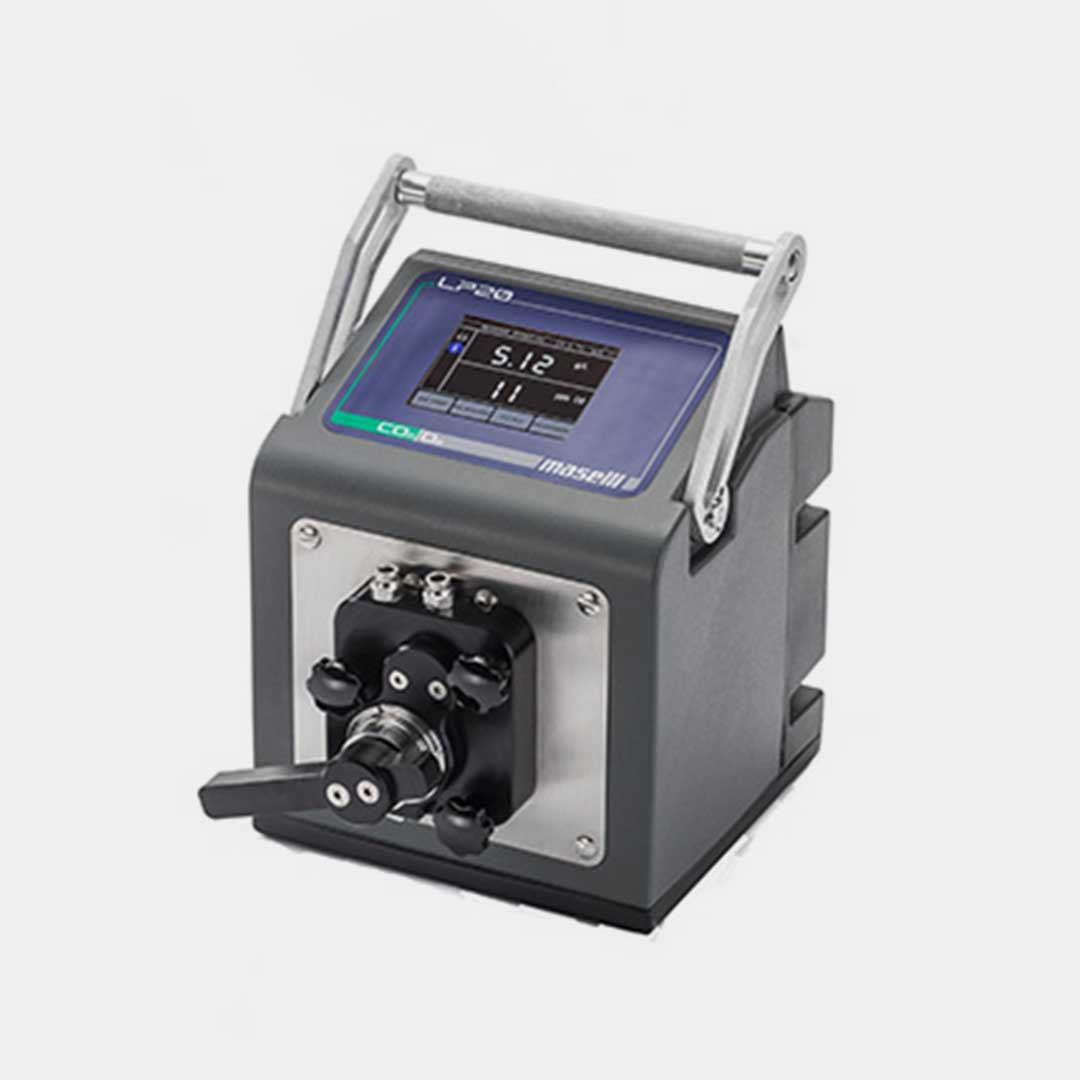
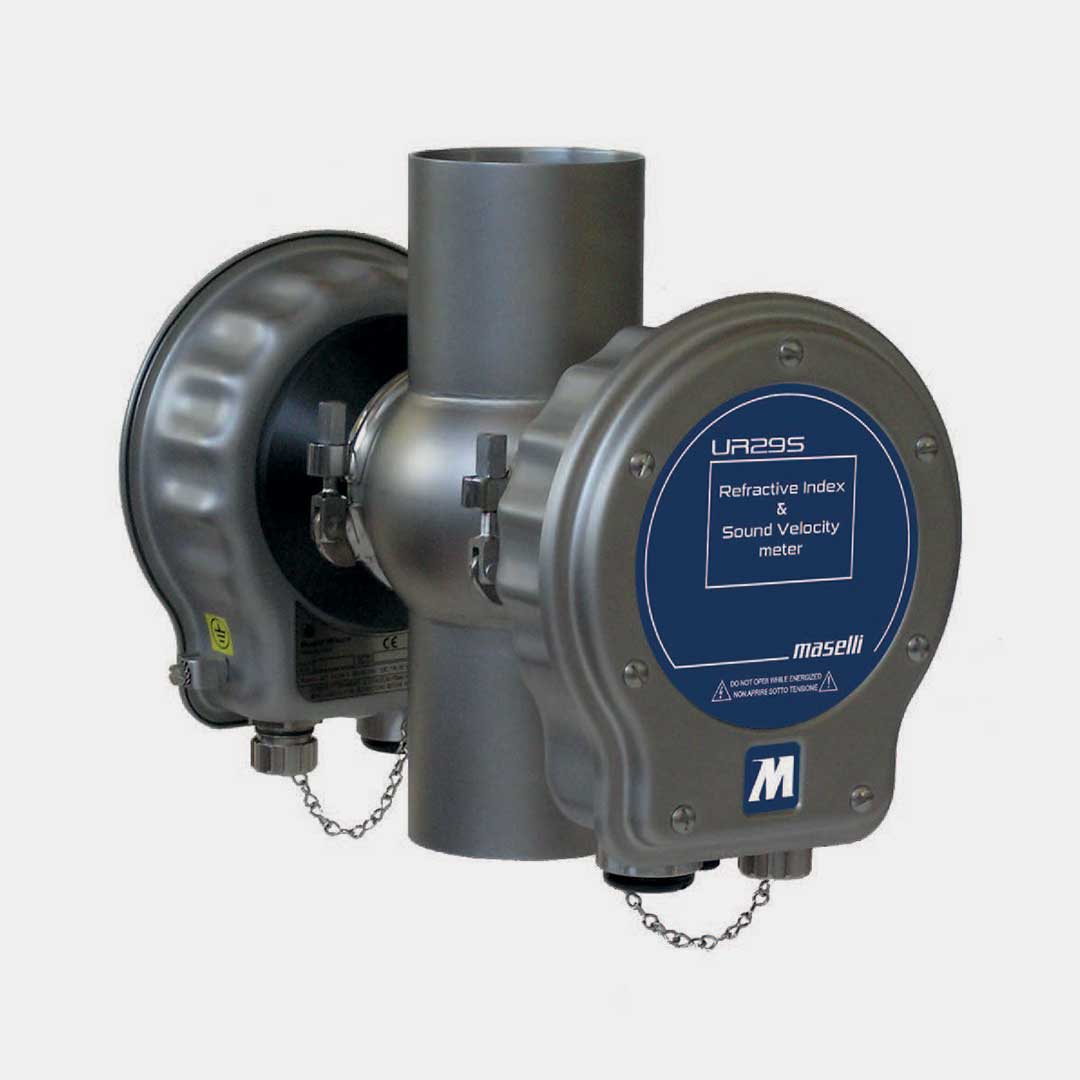
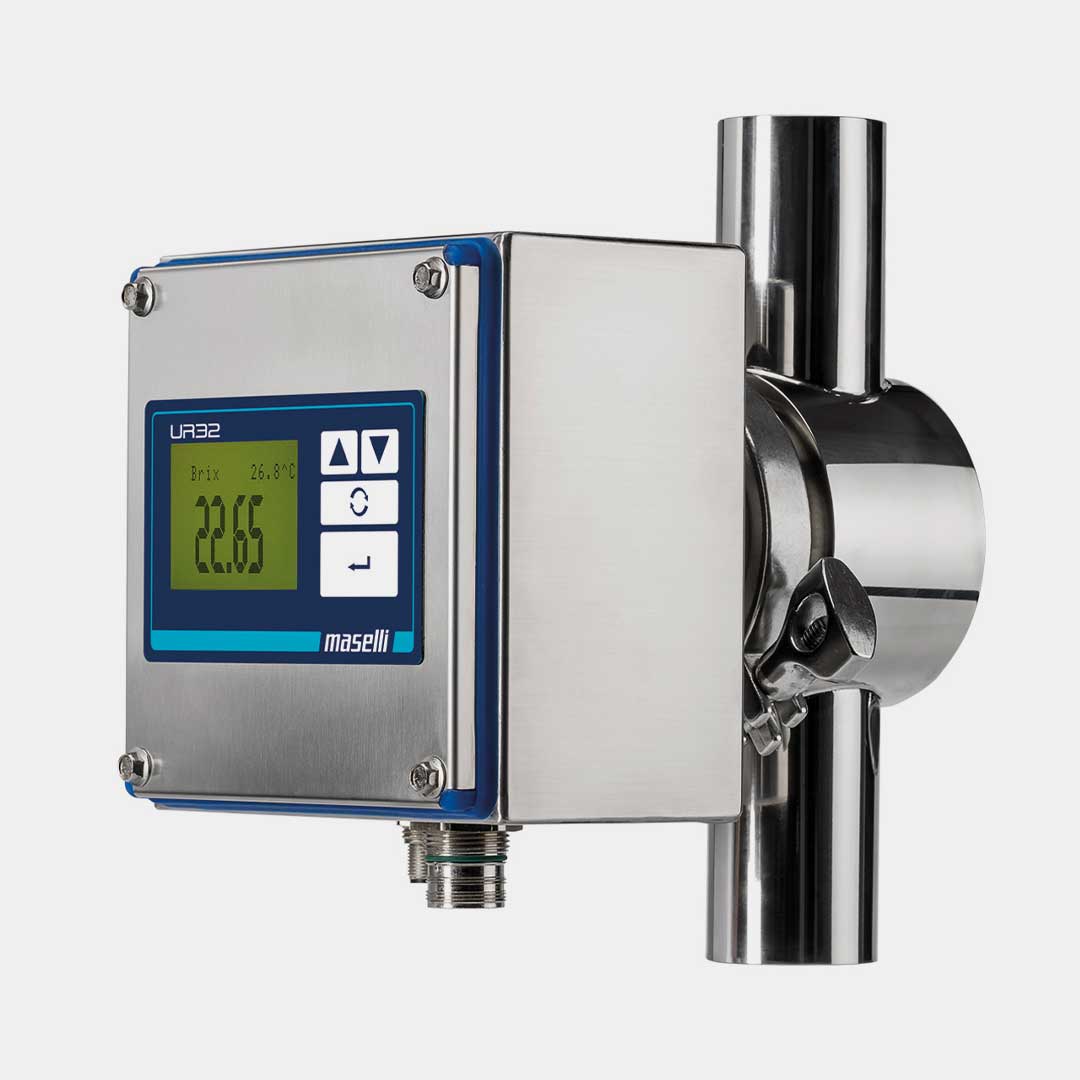
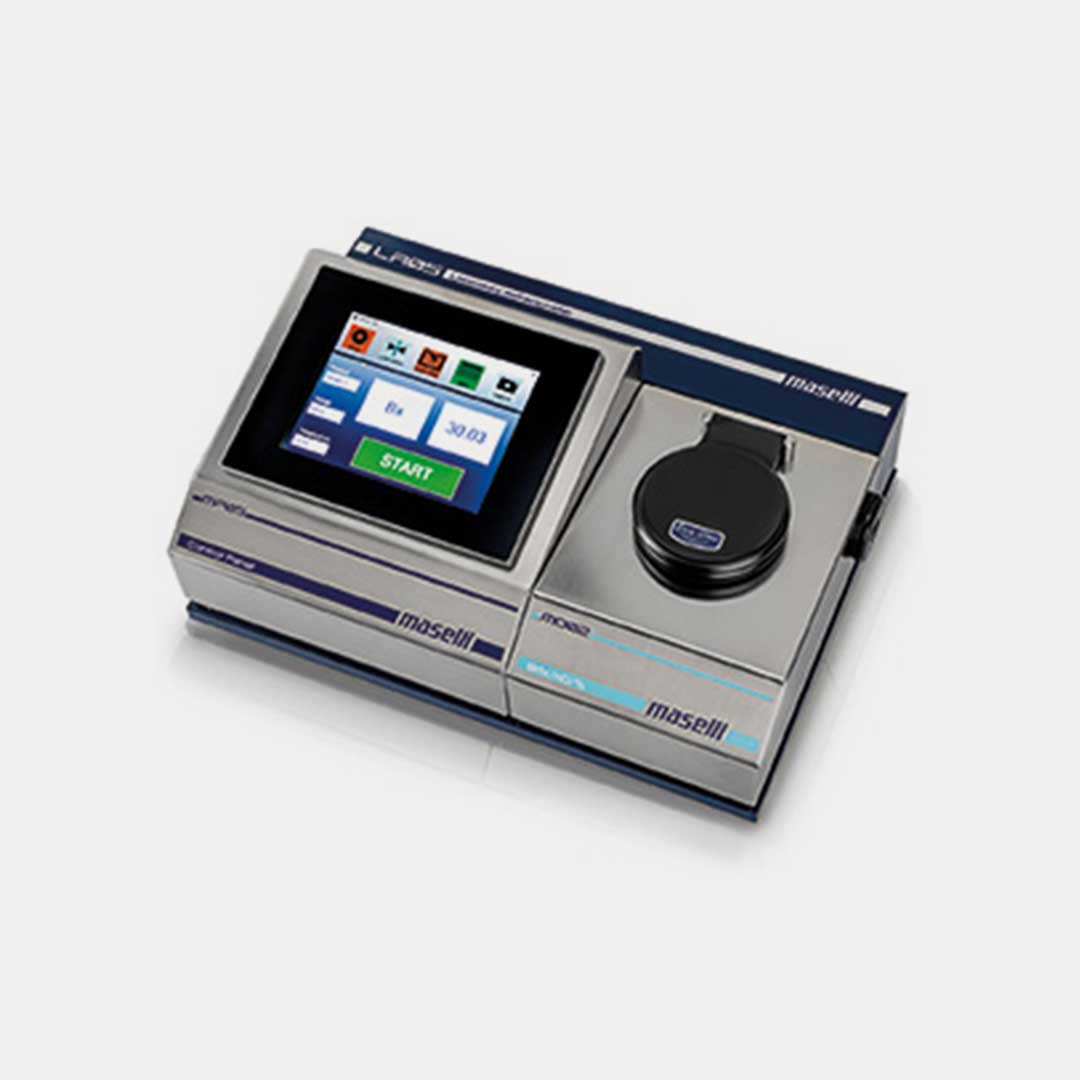
Wort boiler
Wort boiler Extract/Plato can be measured by the UR24 and is used to:
- control the evaporation during the complete boiling process,
- Determine precisely the final wort concentration to minimize the steam utilization.
Advantages of this analysis is:
- No maintenance and expensive bypass solutions.
- saving additional rinsing and cleaning cycles
- Energy savings
- Reproducible control of the boiling process
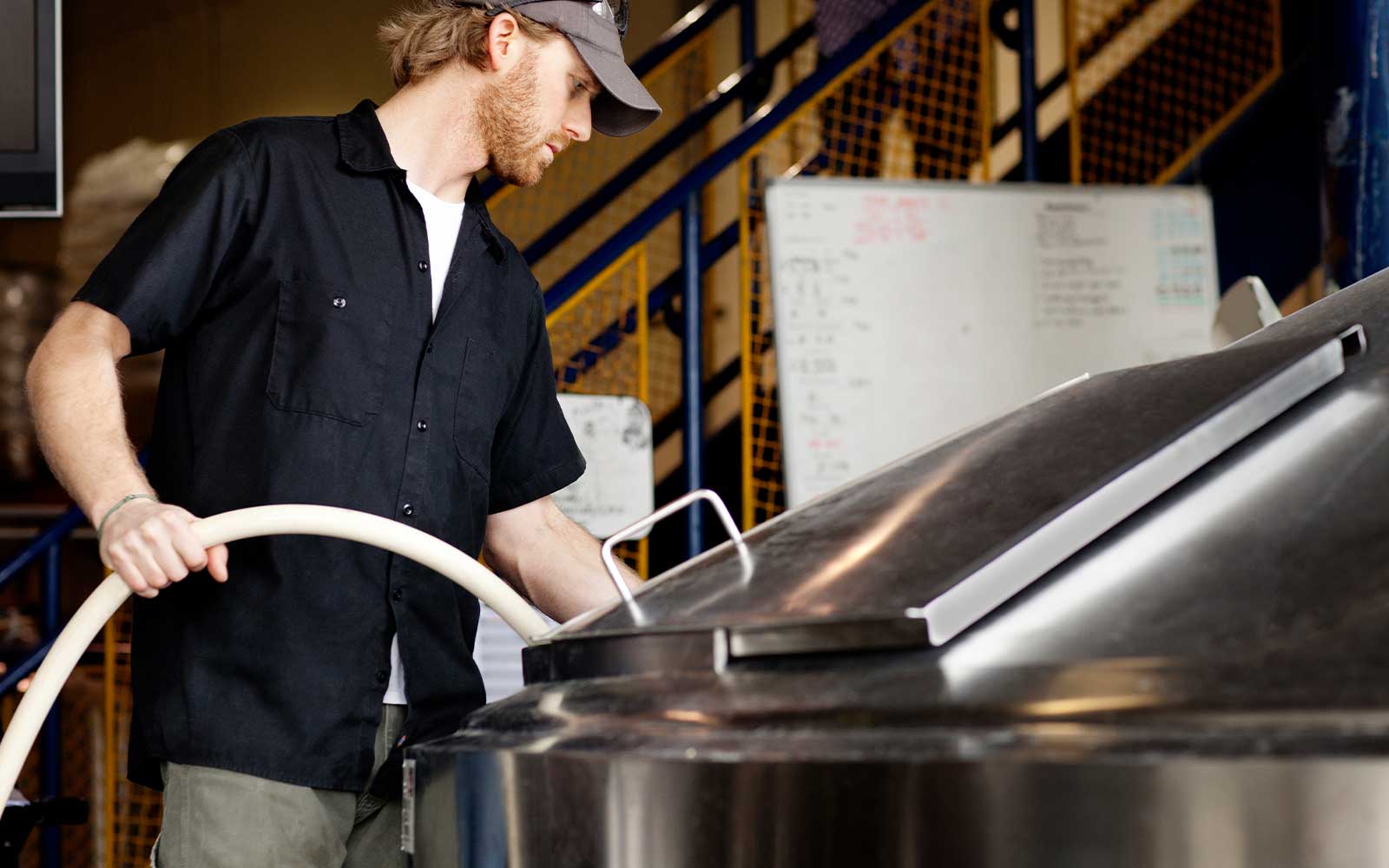
Wort Aeration
Wort – Aeration Extract measurement is used to measure wort Extract before aeration as,
The extract of the wort will affect the amount of oxygen required.
How much oxygen is enough?
The higher a wort’s extract the higher the pitch rate and the higher the pitch rate the more oxygen will be needed. Oxygen solubility drops as the extract of the wort increases. So, if you are brewing a beer 16 °Plato or higher (>1.065 SG) you not only have to increase the oxygen in it – because your pitching more yeast, but you also have to deal with the reality of it taking longer to put that oxygen in.
Maselli Inline Do meter UG01
Yeast needs oxygen to reproduce Yeast uses oxygen to produce unsaturated fatty acids (UFA) and sterols, which make up the yeast cell walls. The formation of both UFAs and sterols is complex and they go through many steps to get to the needed end result.
If you are going to harvest yeast to pitch into another beer it is even more important that the yeast have the oxygen to reproduce, build healthy cell walls, and store nutrients. You could say reused yeast is reliant on two different aerations, that of the beer it has come from and that of the beer it is going into next.
Maselli inline DO meter model UG01 with high range sensor to measure accurately and control the required oxygen intake for wort.
It is near impossible to not introduce some amount of oxygen during transfers. But this is nowhere near the volume needed for healthy yeast growth.
As mentioned earlier, most yeast strains, at average pitching rates, into average extract wort require close to the same range of oxygen. This range is 8 to 10 parts per million (ppm). To get your wort into this saturation range you need to measure oxygen levels injected in wort through high range dissolved oxygen measurement using Maselli UG01 Inline Do meter is very critical.
Conclusions
Maselli systems can be used in beer blending and the wort cooking cycle using a refractometer, sound velocity meter and for DO applications using UG01, we can also add the UC09 for dissolved CO2 to the system in finished beer applications. All systems have analog and digital output for controls through PLC/DCS/SCADA. With the MP09 controller cloud connectivity is also available.
The Maselli range is easy to install and completely maintenance-free as it is a continuous inline system not requiring any bypass installation.
If you would like more information please feel free to contact us and we can discuss your particular application in detail.



